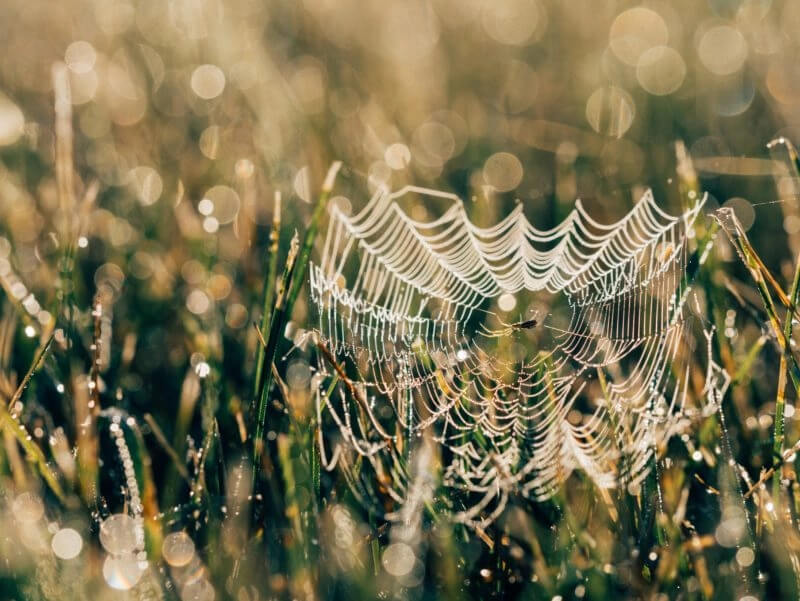Spider Life Cycle
There are more than 45,000 species of spiders in the world, with 3,500 of them found in the United States. Of these 3,500 North American species, two are considered to be extremely dangerous to humans: the black widow and brown recluse spiders. Understanding the life cycle of spiders is important for pest control measures and can shed light on how quickly a spider infestation can spiral out of control.
Though there are thousands of different spider species, all share the same basic life cycle:
Egg Sac
After mating, a female spider deposits her eggs into a sac that she constructs out of the same silk she uses to spin her web. The egg sac can contain up to 1000 individual eggs. Different species protect the sac in different ways, from depositing it in a hidden area and abandoning it to carrying it around with them until the eggs are ready to hatch. Most female spiders lay eggs various times throughout their lifespan, leaving behind hundreds of thousands of offspring. A female spider that has made your home her home can very quickly cause a massive spider infestation.
Spiderling
Once the eggs hatch, young spiders (or spiderlings) emerge. Depending on the species, these spiderlings will either stay by their mother for a few weeks or immediately disperse. Some walk away on their tiny legs while others perform a dispersal technique called “ballooning” — the spiderlings release thin strands of silk from their spinnerets and the wind catches these threads and carries the spider away to a new location. Spiderlings regularly molt until they reach maturity.
Adult
At the adult stage, spiders are sexually mature and ready to mate. This is when the cycle starts over once again, further increasing the strain of a spider infested house. The length of time it takes to complete the cycle varies from species to species, but most spiders go from egg to adult relatively quickly.
Why the Pest Life Cycle is Important
There is more to understanding the life cycle of pests than pure scientific interest. For pest control measures, the life cycle determines which methods, techniques and even products are used. Almost all pests go through three life cycle stages: growth, maturation and reproduction. The shorter the lifespan, the faster the cycle (and, typically, the more offspring produced). While many pests meet the end of their life cycle after producing offspring, some — like spiders — can produce offspring many times throughout their lifespan.
At Saela, we consider the life cycle of every pest before we begin extermination. We have Associate Certified Entomologists on staff that are experts at pest identification and incredible sources of knowledge on pest life cycles. With their assistance, our pest service technicians can expertly calculate the type and amount of product needed and when and how to target pests. Spiders represent a real threat to homeowners, particularly the venomous ones, and our spider extermination service takes life cycle and spider habits into account. With spider experts on our side, we can offer a comprehensive, successful spider extermination service!
